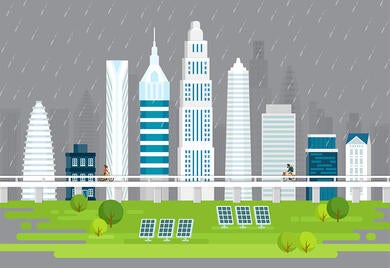
Four challenges facing the buildings of the future
In the 1960s, the Jetsons showed us a futuristic city in which pollution and the use of non-renewable resources did not exist. Twenty years later, when we had already begun to hear about environmental problems, Blade Runner showed us a more pessimistic vision of 2019: a city with countless skyscrapers, over-population, and extremely high pollution levels. Today we already have much of the Jetson’s smart technology, but sustainable buildings are needed to avoid Ridley Scott’s dystopian city. In 2016, the New Climate Economy determined that the only way to grow in the future and address the current gap is with sustainable infrastructure. According to the Inter-American Development Bank (IDB) and Mercer study “Crossing the Bridge to Sustainable Infrastructure Investing. Exploring Ways to Make it Across,” the ability to develop buildings of this kind depends on overcoming at least four key challenges: 1. Lack of familiarity What is sustainable infrastructure? Many investors still lack the information they need to clearly identify what it is and what it is not, and to identify the nature of the business opportunity. This makes it difficult to increase this type of construction. Sustainable infrastructure is planned, constructed, and operated to comply with changing governance, social, environmental, economic, and financial standards over time. For this reason, the role of multilateral and governmental organizations is to educate, inform, and provide appropriate financial products, in order to adapt current businesses to a climate change resilient economy with low carbon emissions. 2. Limited standardization of tools and approaches As this is a megatrend in full swing, there is excessive fragmentation in sustainability standards, principles, and initiatives. In addition, there is a lack of adequate information available on what the environmental, social, and governance criteria are for companies not listed in their respective securities markets, making it difficult for investors to identify which projects are sustainable. In addition, the lack of information increases transaction costs. For this reason, the IDB Group is developing and promoting the adoption of harmonized principles and working with investors to facilitate discussions regarding currently existing barriers to sustainable infrastructure. The objective is to generate useful solutions with innovative financial instruments in local markets and public-private partnerships and concessions that facilitate private sector participation. [clickToTweet tweet="US$6 trillion investment in sustainable infrastructure per year requires #Latam and the #Caribbean" quote="US$6 trillion investment in sustainable infrastructure per year requires Latin America and the Caribbean" theme="style1"] 3. Lack of coordinated policy Another fundamental point is to have consistent regulations and a commitment to comply with them throughout the region and in all sectors. Following guidelines like the Paris Agreement and the United Nations Sustainable Development Goals is key to maintaining investors’ interest in measures such as the adoption of clean energy. For Latin America and the Caribbean, it is essential to adopt instruments adapted to our reality. In this case, the IDB Group’s NDC Invest is a solution enabling countries to implement these guidelines through a simple platform for preparing sustainable and bankable project portfolios, and increasing access to concessional funds, among other benefits. 4. Lack of tools and focus on climate resilience To date, priority has not been given to how climate change adaptation should be achieved, both in terms of infrastructure and the financial tools for investing in it. However, today there are various financial tools for adapting to climate change. For example, IDB Invest (formerly known as Inter-American Investment Corporation) has mixed climate financing instruments that can be used to address these challenges and adopt climate change resilient modalities with low carbon emissions. Developing the construction of the future requires investing at least US$6 trillion per year in sustainable infrastructure for our region. This will make it possible to support the economic development of Latin America and the Caribbean, grow at the necessary pace, and prevent our cities from becoming futuristic dystopias. Subscribe to receive more content like this! [mc4wp_form]

Water Management: The Key for the Successful Hydroelectric Generation in Norway
This Nordic country's conditions for generating clean energy based on hydro sources are nearly perfect. A large part of its territory is made up of alpine plateaus, with altitudes of nearly one thousand meters above sea level.
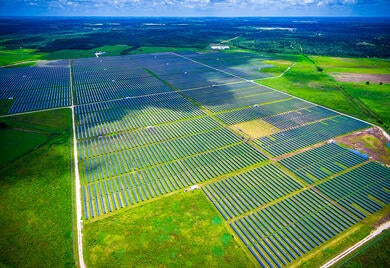
Four countries leading in solar in Latin America and the Caribbean
Nearly half of the global electric power capacity could come from solar energy by 2025, according to McKinsey & Company. Multiple Latin American and Caribbean countries, benefitting from exceptional resources and evolved regulatory frameworks, have seen rapid growth in solar energy in the last few years. Utility scale projects are now considered commercially viable and receive private financing, while the application of distributed solar is growing quickly. However, falling solar prices are squeezing the industry, and macroeconomic uncertainty will continue to test its strength. Meanwhile, developers are now consolidating to gain market share and achieve profitability.
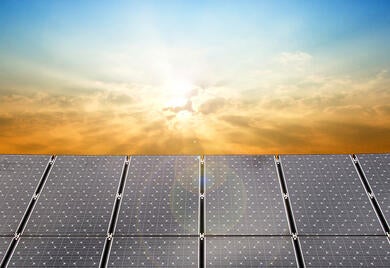
Four reasons why the Caribbean private sector must invest in renewables
In the Caribbean, the year-round sunshine and extremely favorable insolation levels have not been enough to spur significant investments in renewable energy. Now, a year after the signature of the Paris Agreement, investments in solar energy seem more appealing than ever before, mainly due to four reasons:
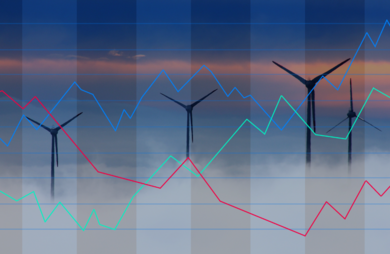
Local investors jumpstart capital markets and green energy matrix
Last night’s Latin Finance Deal of the Year Awards dinner in New York City highlighted some non-traditional deals. The Best Renewable Energy Financing Award went to Colonia Arias – a Uruguayan wind farm project with a unique structure to both tap local capital markets and mitigate the effects of climate change.
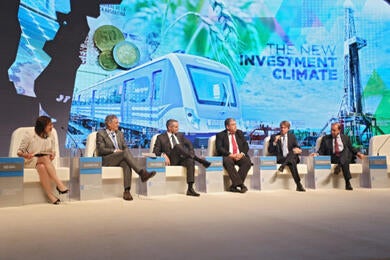
How Argentina can attract the private sector
This week I had the opportunity to participate in the Argentina Business and Investment Forum in Buenos Aires. The world has been watching as the country took center stage to start the conversation with the private sector and discuss ways to open its markets to the world.